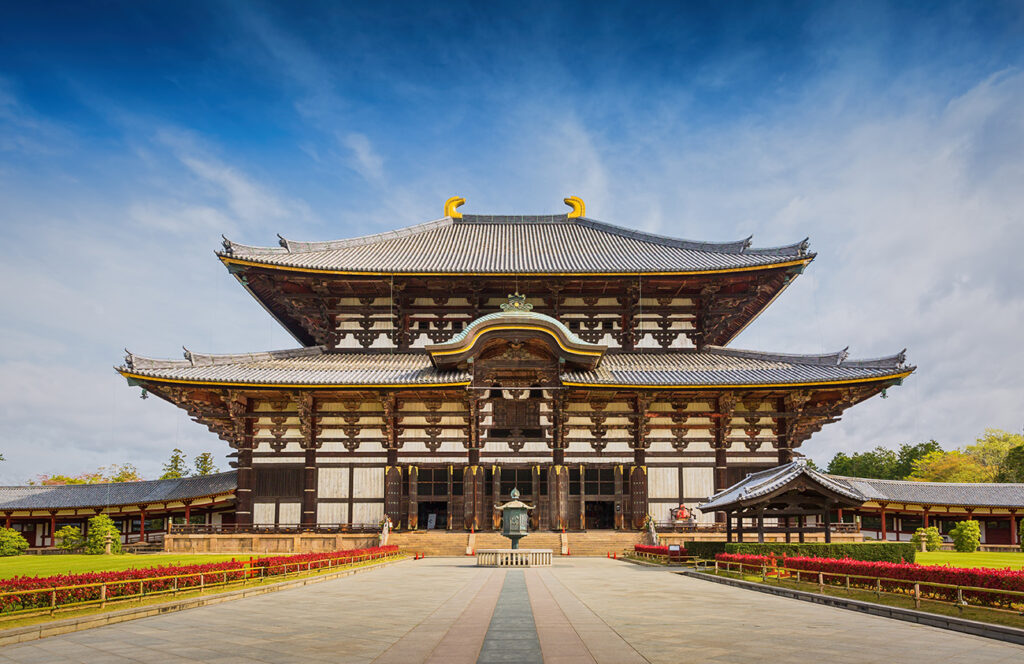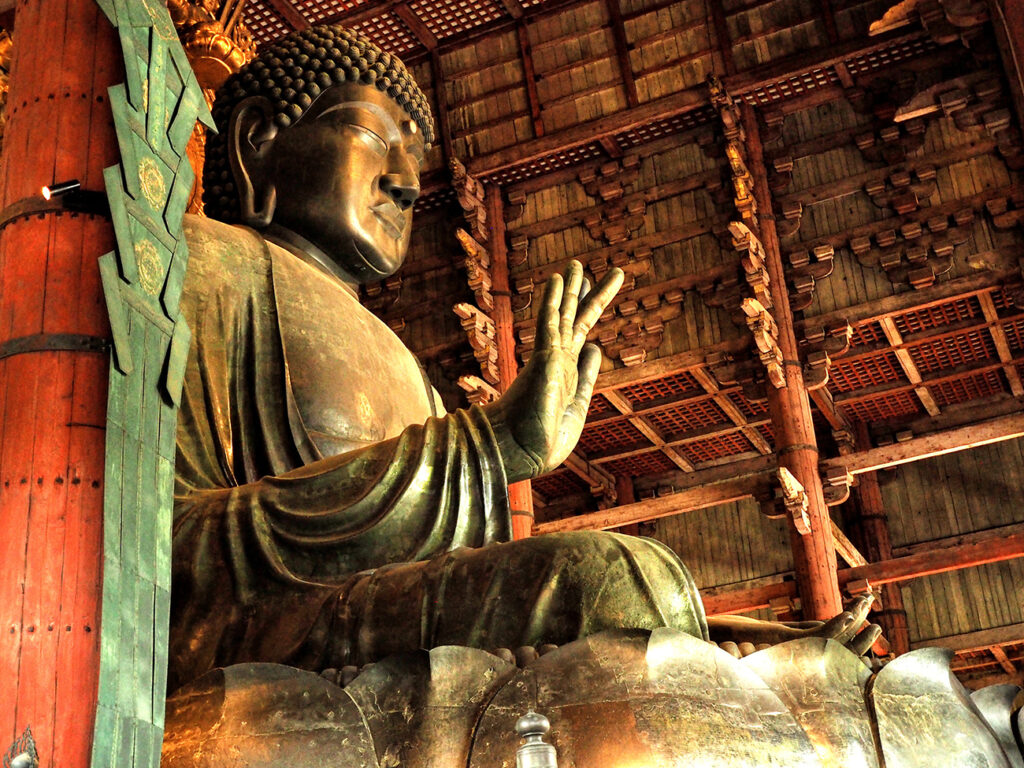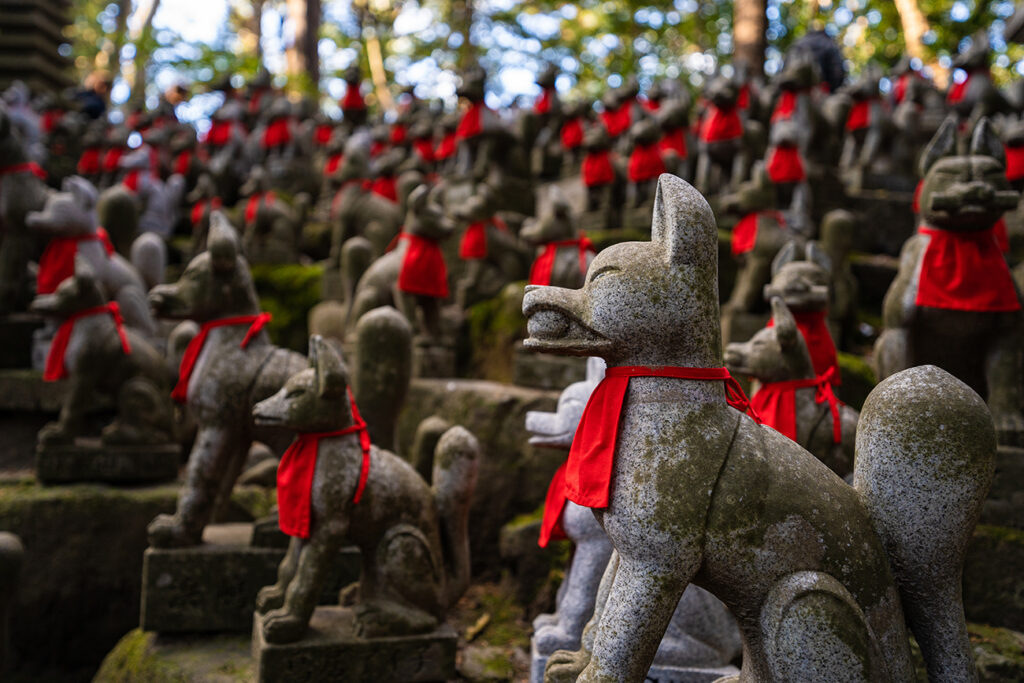
Experience Japan with the Syncretism of Shinto and Buddhism
One of the most prominent feature that any visitor would notice upon visiting Japan are the number of Shinto and Buddhist temples found all around the country. For a long time throughout Japan’s history, Shinto and Buddhism had one belief system. Shinto being a pantheistic religion worshipped many different gods. Upon the introduction of Buddhism, the new gods fit effortlessly into the pantheon of Shinto philosophies. The only difference in essence was that Shinto deities were local, while Buddhist were not. There was very little difference between the two religions until the Meiji government separated the two religions. This was to aid and further legitimize the new system having the god-emperor as the most revered.
History of Shinto and Buddhist
Shinto (神道 Shintō, “way of the gods”) is the ethnic religion of Japan focusing on ritual practices that can be traced all the way back to the Kojiki (and Nihon Shoki. Modern Shinto focuses on public shrines devoted to the worship of the thousands of Shinto gods (kami), each one having a specific purpose.
Buddhism was introduced to Japan by five Chinese monks from Gandhara who travelled to Japan during the Kofun period (250 to 538). Buddhism established a foothold in Japan when Empress Suiko ascended the throne in 592 after taking the vows of a Buddhist nun. Following her footsteps, Prince Shotoku during his reign, commissioned a number of Buddhist temples to be built all across the country which propagated the further spread of the religion.
 Great Buddha or Daibutsu, Todai-ji Temple
Great Buddha or Daibutsu, Todai-ji Temple
Check out some shrines and temples that embody Shinto and Buddhist syncretism.
Shinto and Buddhist syncretism shrines
Todaiji Temple or “Eastern Great Temple” – is a Buddhist temple complex and was once one of the Seven Great Temples of Nara. The temple is home to the impressive Daibutsu or the Great Buddha.
Todaiji Temple was founded in 738 CE by Emperor Shomu when Buddhism was still relatively new to the country. Emperor Shomu visited the priests of Hachimangu shrine (present day Usa Jingu) in Kyushu to ask them to bless and keep safe his new temple. Tamukeyama Hachimangu shrine still stands on the grounds of Todaiji Temple today.
 Toyokawa Inari Shrine – located in Aichi Prefecture is the third largest Inari shrine in Japan. The temple also shares its grounds with a Buddhist temple. The Toyokawa Inari Tokyo Betsuin is a branch temple found in one if not the busiest districts of Tokyo.
Toyokawa Inari Shrine – located in Aichi Prefecture is the third largest Inari shrine in Japan. The temple also shares its grounds with a Buddhist temple. The Toyokawa Inari Tokyo Betsuin is a branch temple found in one if not the busiest districts of Tokyo.
The history of Toyokawa Inari tells us that a Buddhist priest named Kangan Giin, saw a vision of the Buddhist deity Dakini Shinten, believed to be the messenger of the god Inari, riding a white fox. Kangan Giin carved his vision of the fox which ended up in the possession of the monk Tokai Geki, who founded Toyokawa Inari Shrine in 1441.
